- Address
- Headquarters & Design Studio
- Let’s Talk
- Office 801.494.0150
Utah natives know that while the winter season technically falls between November and February, winter weather in Utah can- and often does- start earlier and goes on long past that window. Whether you love Utah’s “Greatest Snow on Earth”, or you hide away during the cold months, there’s one thing that’s certain if you’re a homeowner; you’ll want to have your house ready for winter conditions! Cold weather can damage your home if you aren’t prepared. Make sure that your home is ready for winter with these tips from our experts:
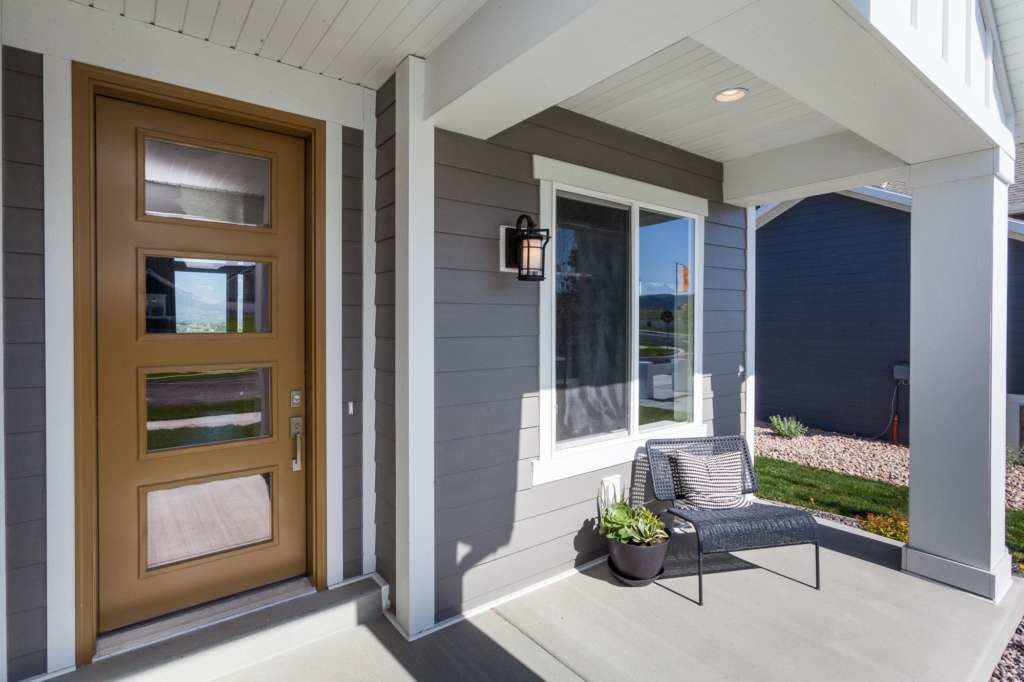
Check the threshold on your doors. If air or daylight is felt or seen through the bottom threshold of your doors, this means frigid air and precipitation can also come into your house. To remedy this, remove the tabs and use a flathead screwdriver to raise the threshold accordingly. If your weather stripping is damaged or missing pieces, you’ll want to replace the broken piece with a new piece of the same material (rubber, vinyl, etc.). Doing this can also save you money on energy bills since you won’t be trying so hard to heat the house!
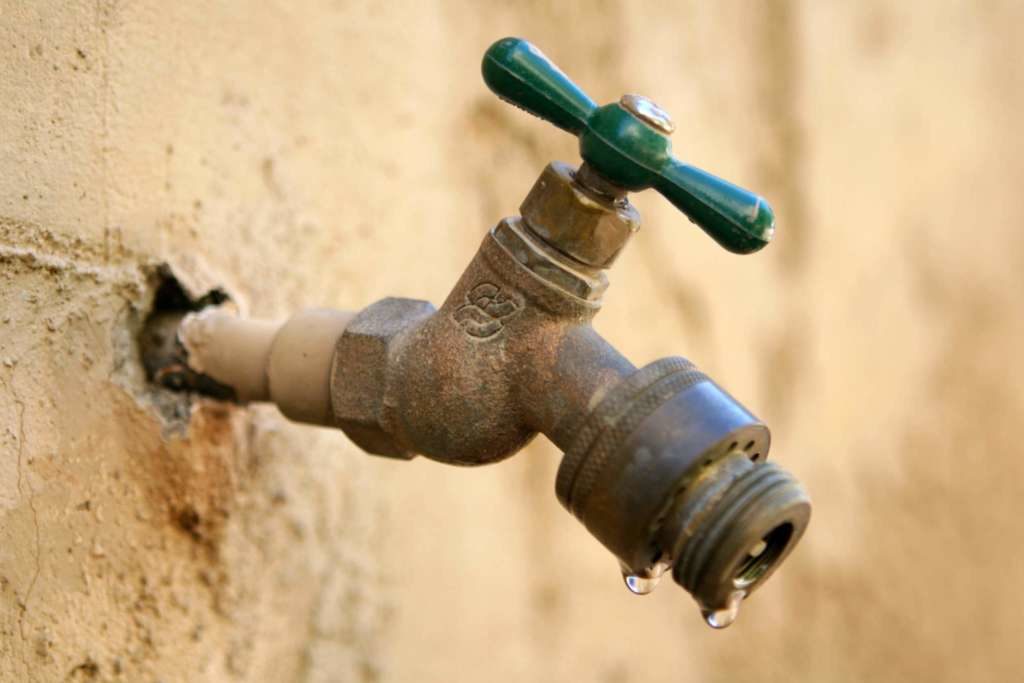
It’s critical to disconnect hoses from hose bibs before temperatures drop below 32 degrees. The hose bib is designed to drain any water inside of it after being shut off. That means that if the hose is left connected, any water that would normally drain is unable to exit the hose bib. If the water in the hose bib freezes you might end up with a cracked hose bib which will need to be replaced and can also cause damage if not spotted right away. For additional protection you can also buy a hose bib cover- they’re inexpensive and protect the hose bib from the elements.
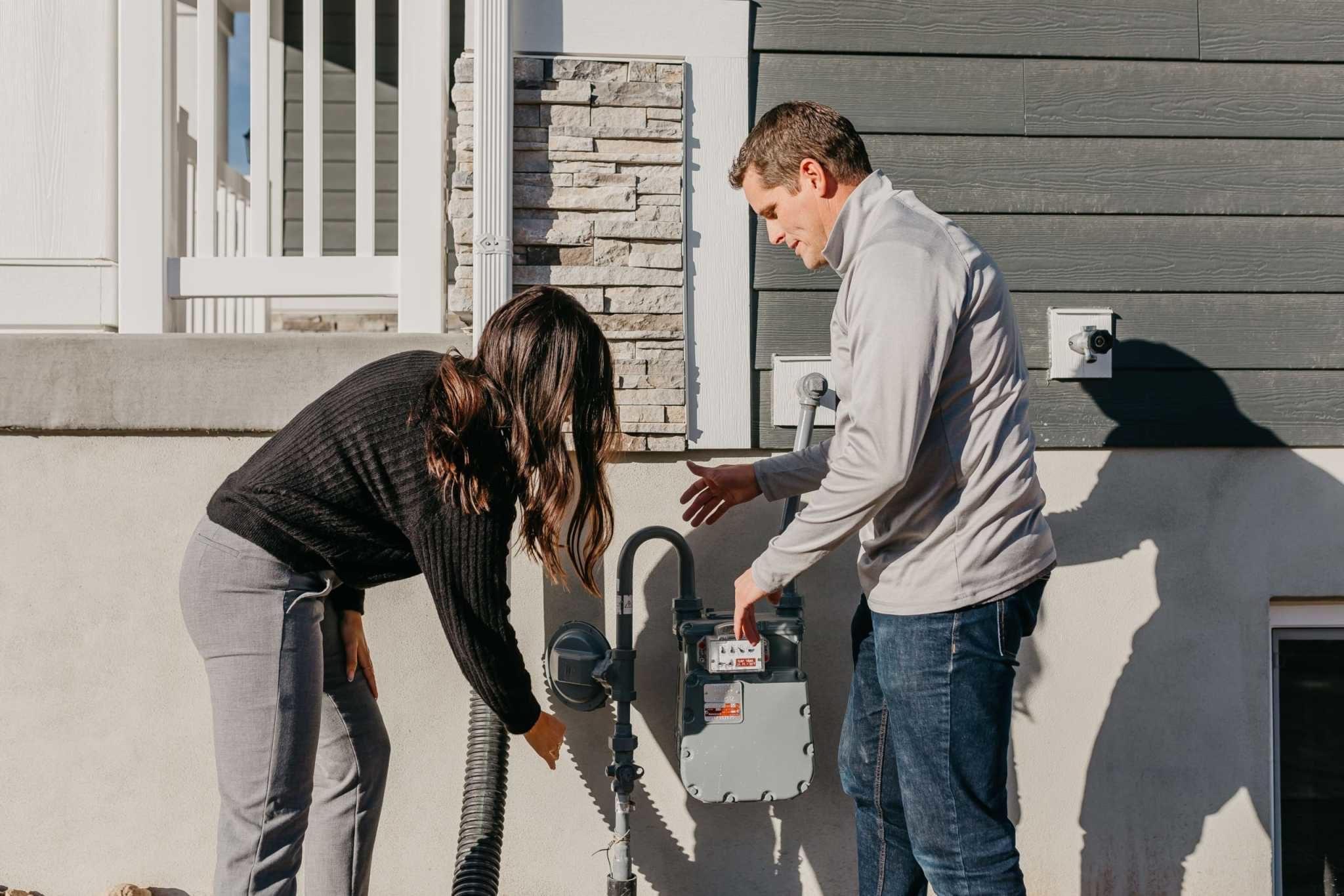
When fall is in the air and you no longer need to water your lawn (typically around October 1st), it’s important to shut off your irrigation water. This can be done by turning off your stop and waste. This is often located near the water meter and has a yellow cap with a 2 inch pipe or is in a green sprinkler box near the city sidewalk. You’ll probably also want to open your sprinkler valves to allow the system to drain. Additionally, be sure to trim around your downspout pop-up, which will ensure proper drainage come spring time.
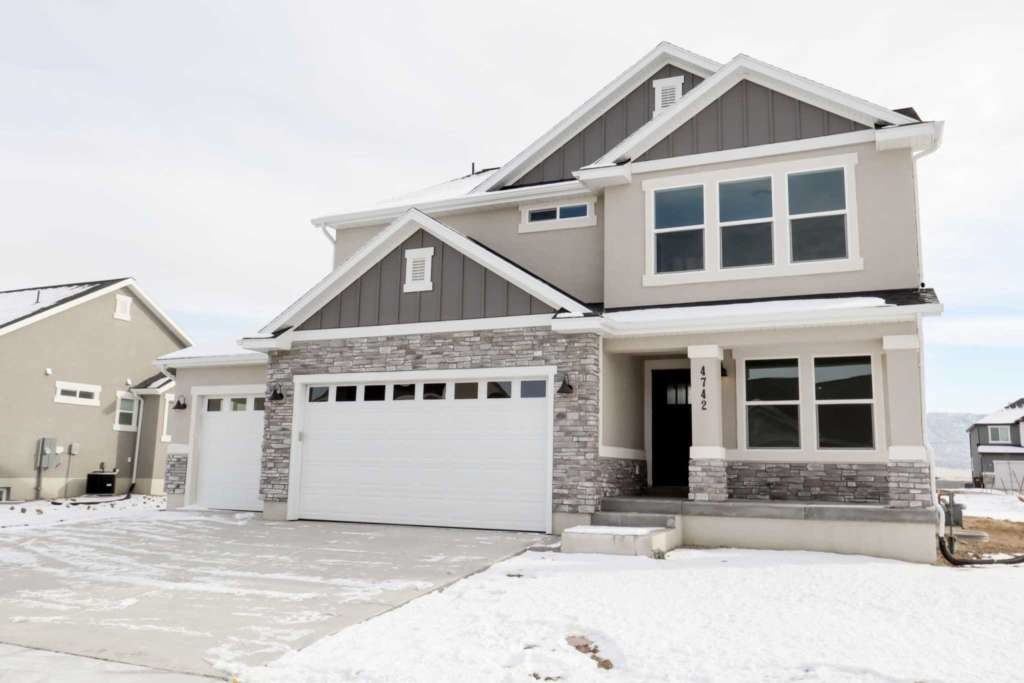
As concrete goes through the seasons, it’s exposed to the elements- with the winter season being the most intrusive. As the concrete gets wet and goes through the freeze/thaw cycle it can lead to surface cracks. Sealing concrete and protecting the concrete from salt and other chemicals can help minimize this issue.

You’ll want to winterize your sprinkler system to prevent possible damage and repairs. To do so, first, locate your main water shut off. This is called a stop and waste that is located in the ground close to your water meter. Using a stop and waste key, turn the stop and waste valve a quarter turn to the right. The waste part of this valve will allow the water above it to drain into the ground space at the valve.
Next, locate your back flow preventer. This is the device that’s extended out of the ground by 12-14 inches. Once you locate your back flow preventer, identify the 4 small test cocks. These are mini valves that come off perpendicular to the valve itself. They will require a flat head screwdriver to open. The valve itself will allow you to turn it in either direction, but turn it a quarter turn to open the valve fully. Be aware that some water inside could be under pressure and may shoot out a little. If water continues to shoot out, check that the stop and waste has been turned off all the way. Once all the water has stopped draining, turn the valve on each of the test cocks and the two larger ball valves (located before and after the actual stop and waste valve and look like part of the main stop and waste valve) at a 45 degree angle. This is halfway open, half closed. This allows the water to fully drain from behind the ball in the ball valve preventing it from cracking due to freezing water.
Note that your system was set up with automatic drains and should allow for your system to drain over a short period of time. You will not know when the system is drained, it will take care of it on its own.
If you would rather feel more sure about the system and have an insurance policy, you will want to hook up an air compressor to your backflow preventer and pressurize your main line. By pressurizing your main line with air you will be able to turn each of the valves on with the controller to blow the water from the main and lateral lines. For questions on how to do this you can consult a video tutorial or your landscape professional.
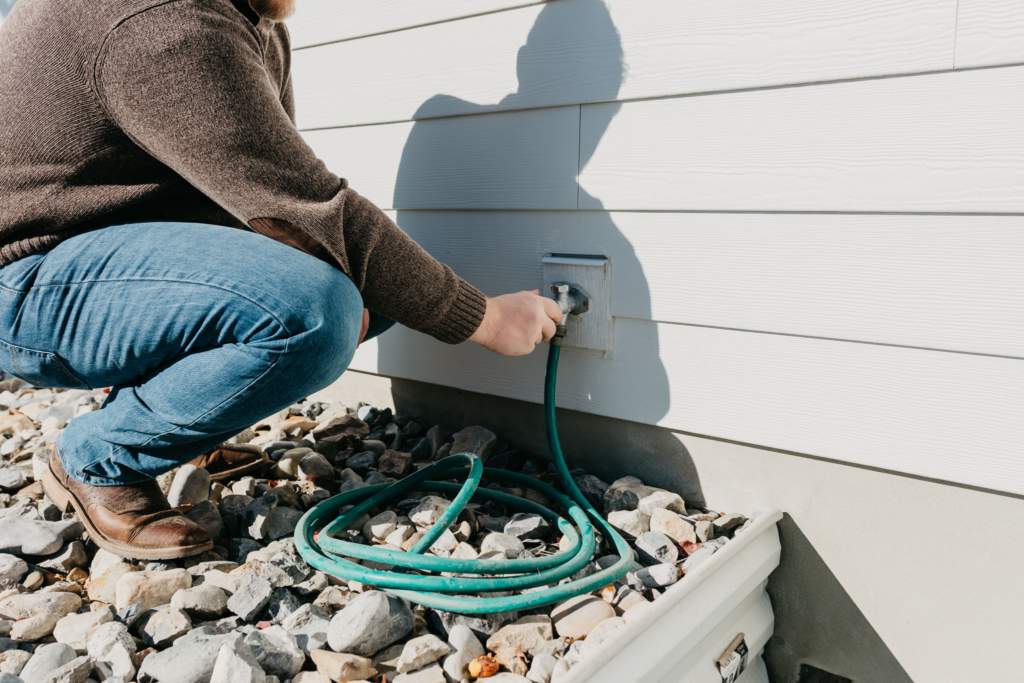
Like most tasks around your house, little efforts go a long way. Taking the steps to winterize your home inside and out will be a great way to save money, avoid stressful accidents, and stay warm and dry all season.
SCHEDULE A VISIT